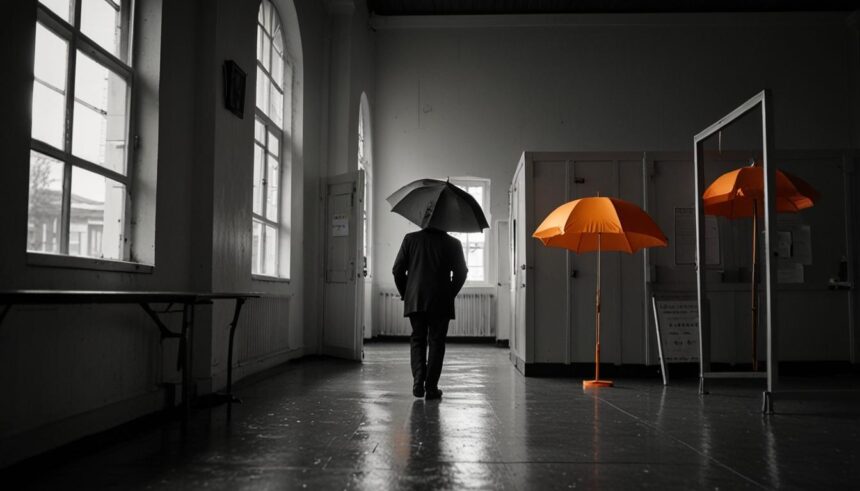The timing of UK general elections has traditionally been set on Thursdays, impacting voter turnout. While weather may not significantly affect turnout, it can shape campaign dynamics. The deviation from a December 2019 election raised concerns about weather-related participation, highlighting the influence of weather on election mood and character.
General elections in the UK have traditionally been held on Thursdays for nearly a century, though the time of year has varied. Typically occurring in spring or summer, the 2019 general election broke this pattern by taking place in December. Concerns were raised about a potentially low voter turnout due to adverse weather conditions, but the participation rate was 67.3%, only slightly down from the 68.7% turnout in the June 2017 election.
Historically, experts agree that weather has minimal impact on election turnout. However, weather conditions can influence the campaign’s mood and character. For instance, the cold, dark weather in December 2019 limited outdoor rallies, unlike the more favorable conditions in May 2017.
On a particularly rainy day in May, Prime Minister Rishi Sunak announced the date of the upcoming election. With the election a week away, weather conditions remain uncertain. Historically, general elections in the UK have seen a wide range of weather conditions, from the heat of June 1970 to the snow in May 1979. Weather projections for this July suggest changeable conditions, with average temperatures and varying rainfall across different regions.





